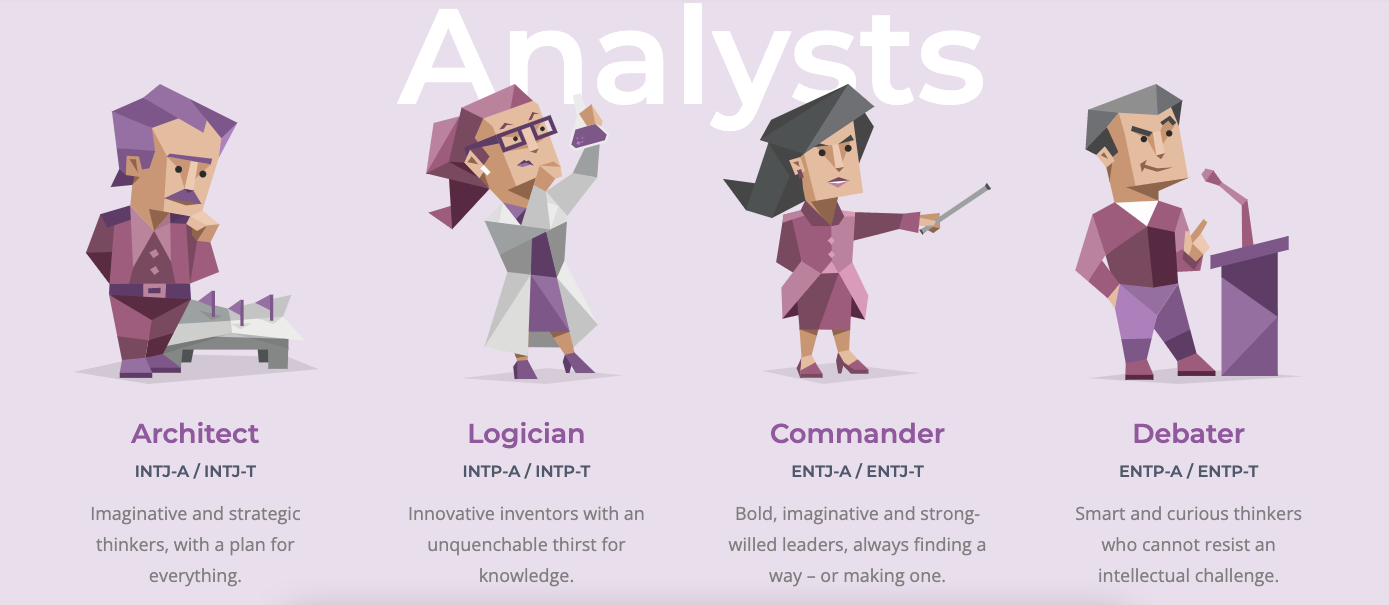This fourth preference pair describes how you like to live your outer life–what are the behaviors others tend to see? If you are to choose – do you prefer a more planned and chosen lifestyle (Judging) or a more flexible and adaptable lifestyle (Perceiving)? This choice might also be referred to as your perception of the outside world.
Everybody extraverts from time to time. When making judgments or taking in information, this pair reflects whether you extravert (act in the outer world).
When taking in information, some people engage with the outer environment. They are still engaging in the outside environment, whether they adopt the Sensing preference or the Intuitive preference.
When other individuals are making decisions, they interact. They are still engaging in the outer world, regardless of whether they are utilizing a Thinking preference or a Feeling preference.
Everyone absorbs knowledge at some point in their lives. Everybody makes decisions at some point in their lives. People who tend to focus on taking in information prefer Perceiving because they stay open to a final decision in order to get more information.
Don’t confuse Judging and Perceiving with a person’s level of organization. Either preference can be organized.
J-Judging
If you approach the outside world around you in a systematic, scheduled, and controlled manner. This is not to be confused with being judgemental. Their definitions differ. If you’re a “J,” here’s what you should do when it comes to making objectives.
- To set goals, “Js” do not require a structured method. It’s already ingrained in their culture. Each day brings a new list of goals, including crossing everything off the list.
- “Js” desire goals that are clearly defined so that everyone involved can agree on them. It’s finished after that procedure is finished. Then it’s time to get to work on achieving the objectives.
- Be open to listen to alternatives if you’re a “J.” It’s easy to believe you’re correct, but there may be alternative points of view that you should consider. I
- n the goal-setting process, you must set aside enough time to explore all of your possibilities before making a decision.
P-Perceiving
Given how fluid, spontaneous, adaptive, and curious you are when it comes to the outside world, here are a few pointers on how to approach the goal-setting process:
- For perceivers, goal setup is a dynamic process involving various levels of agreement. Goals are set on a regular basis. While most perceivers think that goals are necessary for success, they are merely recommendations that can be reevaluated at any time.
- Surprisingly, the success rate of a perceiver is similar to that of a judge. You both have the ability to achieve your objectives; it’s just that your methods are totally different.
- As a perceiver, you must avoid procrastination at all costs. Enlist the help of an accountability partner and keep track of your progress on a regular basis. Also, set a self-imposed timeframe for considering fresh information. Then, rather than letting it linger and not setting your goals, commit to making a decision.







